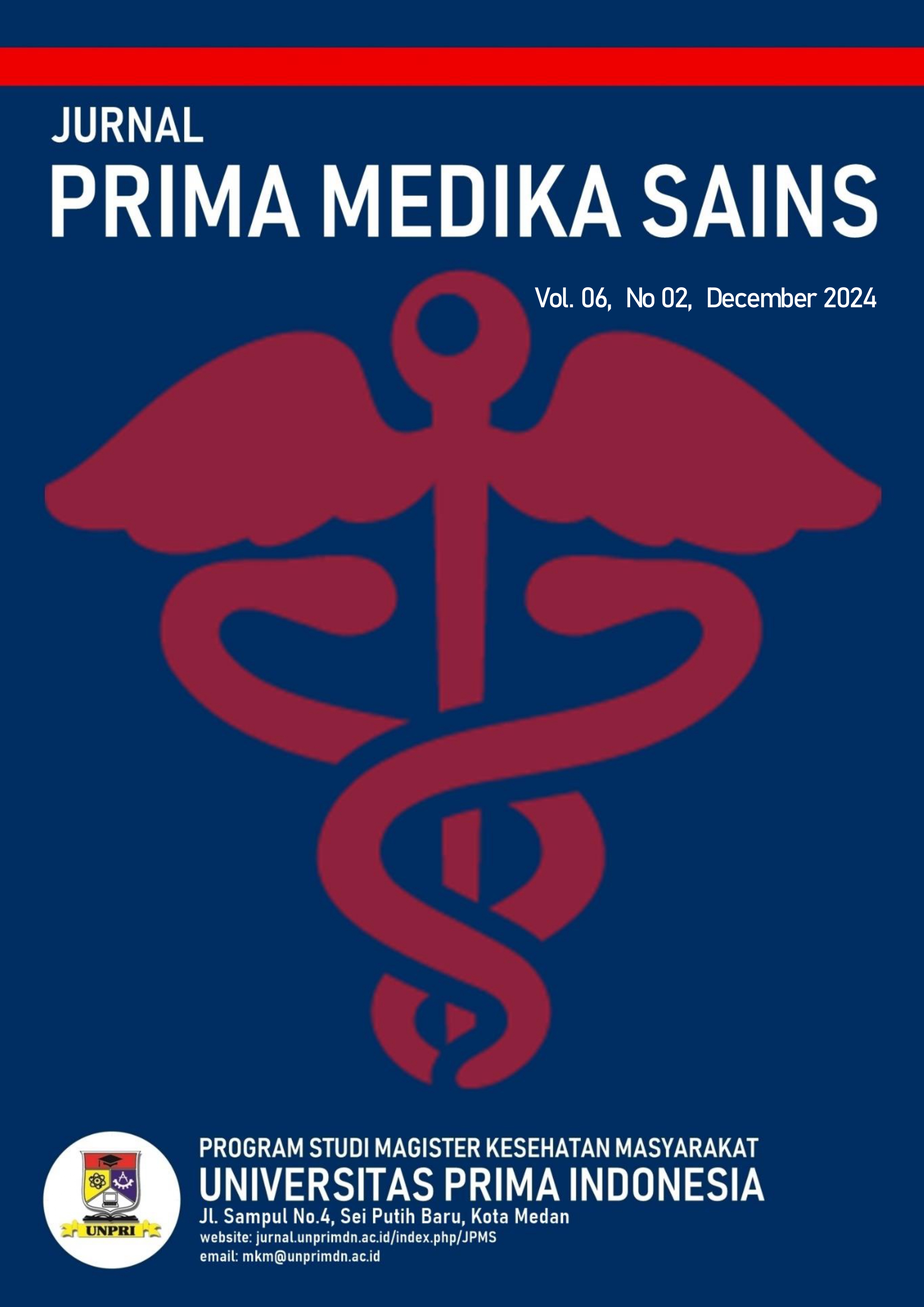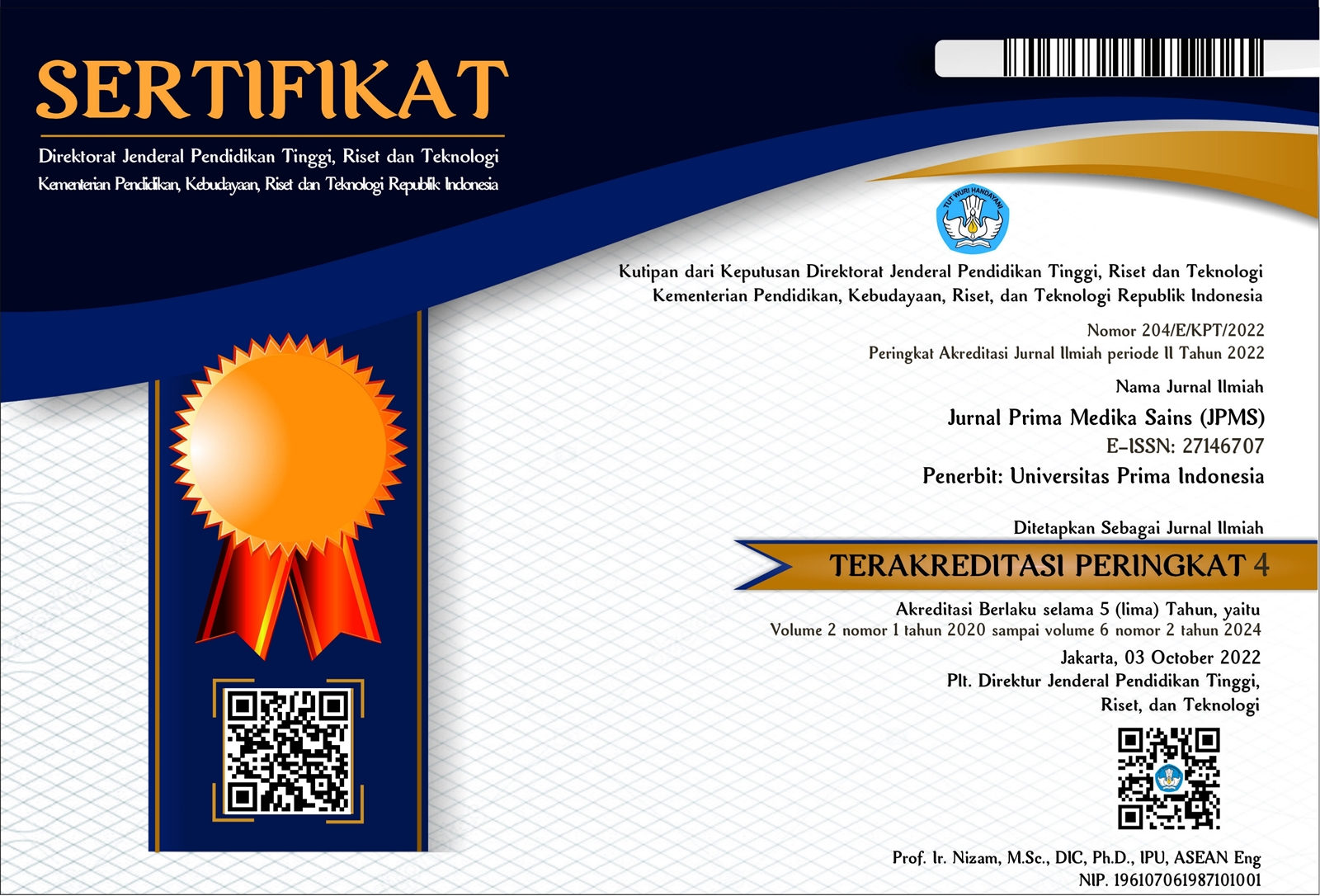The role of air purifier in reducing indoor airborne particulate matter to improve respiratory health
DOI:
https://doi.org/10.34012/jpms.v6i2.6144Keywords:
air purifier, respiratory disease, particulate matter, HEPAAbstract
Introduction: The recent surge in respiratory diseases has heightened concerns about air quality, particularly for individuals who spend most of their time indoors. Air purifiers, alongside good ventilation and self-protection are now among the preferred methods for ensuring clean and breathable air. Discussion: Reducing the levels of airborne pollutants is crucial for maintaining respiratory health, reducing the incidence of respiratory diseases, and preserving pulmonary function. Particulate matter (PM) serves as a key indicator of air quality. Conclusion: Air purifiers, such as those with High-Efficiency Particulate Air (HEPA) filters, are closely linked to improved air quality by effectively reducing particulate matter (PM), thereby offering long-term health benefits.
Downloads
Published
How to Cite
Issue
Section
License
Copyright (c) 2024 Anastasia Kristy, Wayan Wahyu Semara Putra

This work is licensed under a Creative Commons Attribution 4.0 International License.






